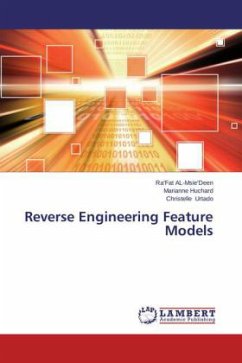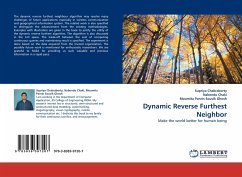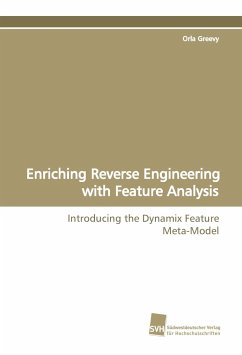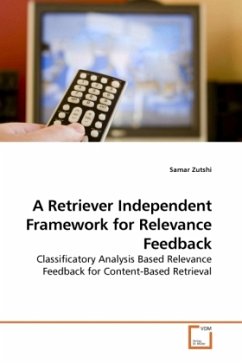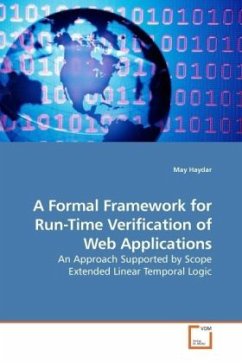
A Framework for Reverse Engineering
Building Tools for Software Quality Analysis and Software Understanding
Versandkostenfrei!
Versandfertig in 6-10 Tagen
39,99 €
inkl. MwSt.

PAYBACK Punkte
20 °P sammeln!
Reverse engineering is an activity supporting thecomprehension of complex software systems.Considering the size of modern software systems,comprehension is anything but simple and must besupported by tools. Many components (tools) forsoftware retrieval, analysis and visualization existand are already considered best practice.Unfortunately, these stand-alone components areineffective by themselves. It is therefore importantthat users be able to assemble arbitrary componentsinto powerful reverse engineering tools. Componentassembly, however, is not a trivial task. In thisbook, we describe the Vi...
Reverse engineering is an activity supporting the
comprehension of complex software systems.
Considering the size of modern software systems,
comprehension is anything but simple and must be
supported by tools. Many components (tools) for
software retrieval, analysis and visualization exist
and are already considered best practice.
Unfortunately, these stand-alone components are
ineffective by themselves. It is therefore important
that users be able to assemble arbitrary components
into powerful reverse engineering tools. Component
assembly, however, is not a trivial task. In this
book, we describe the VizzAnalyzer Framework, a
composition system that has been designed and
implemented to support building reverse engineering
tools. The framework facilitates the flexible and
rapid composition of user-defined tools. Components
are adapted at design time and selected and composed
at run time. Moreover, we present two evaluations of
the framework, validating its qualities. This book is
for anyone who is interested in software reverse
engineering, its process and tools, as well as anyone
who wants to learn about automated software quality
assessment.
comprehension of complex software systems.
Considering the size of modern software systems,
comprehension is anything but simple and must be
supported by tools. Many components (tools) for
software retrieval, analysis and visualization exist
and are already considered best practice.
Unfortunately, these stand-alone components are
ineffective by themselves. It is therefore important
that users be able to assemble arbitrary components
into powerful reverse engineering tools. Component
assembly, however, is not a trivial task. In this
book, we describe the VizzAnalyzer Framework, a
composition system that has been designed and
implemented to support building reverse engineering
tools. The framework facilitates the flexible and
rapid composition of user-defined tools. Components
are adapted at design time and selected and composed
at run time. Moreover, we present two evaluations of
the framework, validating its qualities. This book is
for anyone who is interested in software reverse
engineering, its process and tools, as well as anyone
who wants to learn about automated software quality
assessment.



